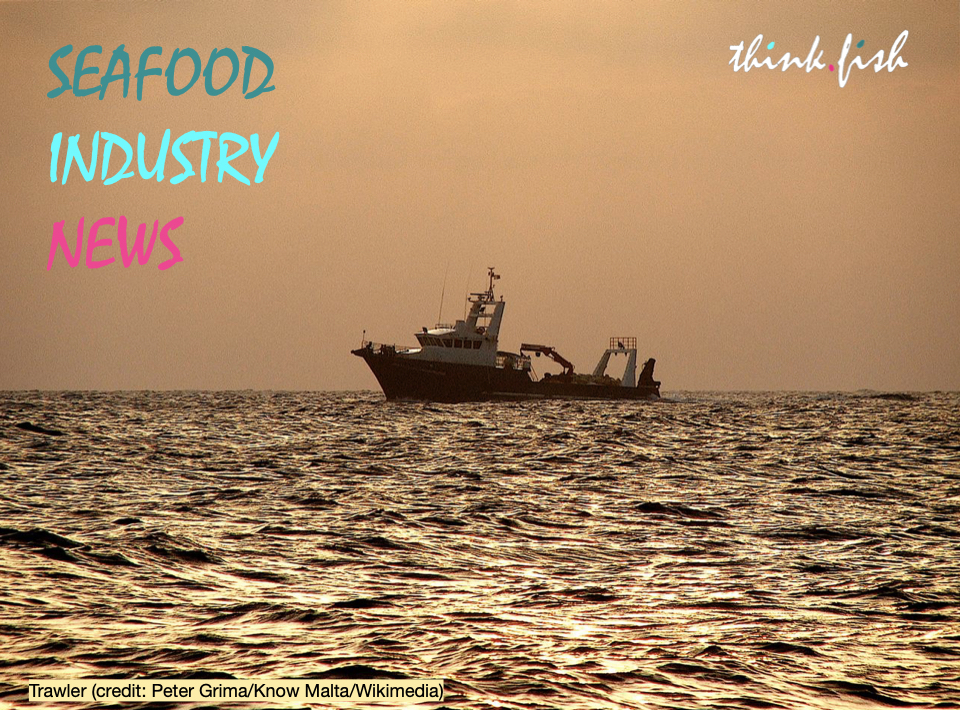#1 Wild catch volumes recover, markets stagnate
An outlook [1] from the UN Food and Agriculture Organisation (FAO) for 2024 predicts a slight increase in fisheries yields of 1.1%, while aquaculture is expected to grow by 3.1%, supported by a downward trend in fish meal and fish oil prices. On the other hand, the value of global trade in fish and seafood is expected to fall by 1.2%, although the volume will continue to increase by an estimated 1.0%. The development of consumer demand is uncertain due to inflation and the expected tariff increases by the next US administration. It is still too early to say whether this will lead to a fall in demand and how many lives of wild and farmed fish would be saved as a result.
More…
#2: Fischfutter aus Sojafabrik-Abwasser
Wissenschaftler in Singapur haben gezeigt, dass aus Abwasser der Verarbeitung von Sojabohnen Fischfutter gewonnen werden kann [2]. Dazu leiteten sie das Wasser in Bioreaktoren, wo die im Wasser enthaltenen Nährstoffe von Mikroorganismen im Lauf von vier Monaten in einzellige Proteine verwandelt werden. In einem Vergleichstest erwies sich so hergestelltes Futter als ebenbürtig mit handelsüblichem Fischfutter.
Zweifel sind allerdings angebracht. Zum einen dauerte der Test nur 24 Tage, ein kleiner Bruchteil der Lebensdauer von Zuchtfischen. Zum zweiten stellt sich die Frage, ob denn genügend Abwasser zur Verfügung stünde, falls dereinst immer mehr Fischzuchtbetriebe auf das neue Futter umsteigen möchten. Der weitaus grösste Teil der Sojaernte wird zu Tierfutter für die Fleischproduktion verarbeitet, also für eine Produktion, die aus ökologischen Gründen langfristig stark zurückgefahren werden muss. Nicht zuletzt, um die Abholzung weiterer Flächen für die Sojaproduktion zu stoppen. Das Abwasser aus der Sojaverarbeitung dürfte also dereinst knapp werden.
More…
#3: US aquaculture industry calls for public funding
We all know that the fishing industry would be dead without the billions in subsidies from the major fishing nations — industrial fishing would simply no longer be profitable.
The same seems to be true for industrial aquaculture. In April 2024, the lobby group ‚Stronger America Through Seafood‘ (SATS) called [3] on the US Parliament to support aquaculture with 39 million US dollars: 25 million for the National Oceanic and Atmospheric Administration’s (NOOA) ‚Aquaculture Strategic Plan‘ and 14 million for NOOA’s ‚Sea Grant Aquaculture Research‘. In December, SATS reiterated its request for more funding in a letter to the next tenant of the White House, asking also for ‚more effective permitting for aquaculture’ aimed at the ‚expansion of aquaculture‘ in US waters.
Let’s see whether the designated ‘efficiency commissioner’ of the next US administration will put a spanner in the works here (to save taxes for himself and his ilk)…
More…

